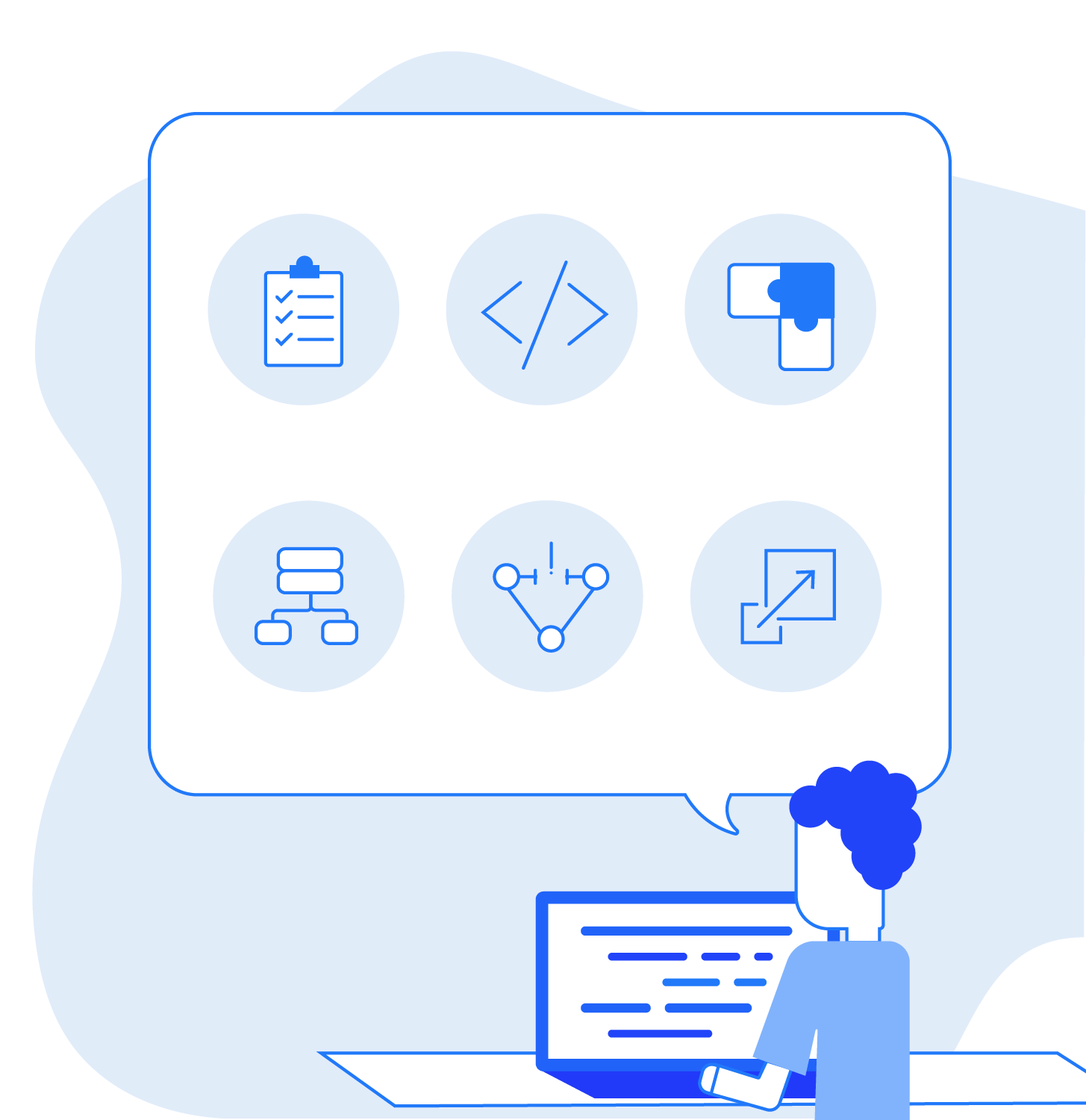
Stacks & Qs
Tips For Candidates: System Design Interview at Qualtrics
At Qualtrics, engineers are responsible for the entire project lifecycle: requirement gathering, system design, implementation, and maintenance. More experienced engineers lead the design efforts for larger projects that span multiple teams, while less experienced engineers are provided with opportunities to design smaller parts of the systems owned by their teams. The system design interview simulates the requirement gathering and design phases, enabling us to assess your approach to these tasks and helping us understand how candidates approach complex problem-solving in engineering.
To evaluate candidates, we focus on several key areas:
- Business Requirements: Understanding the system's objectives is crucial for success. Designing a system that fails to meet specified requirements significantly lowers your chances of passing the interview. Focus on aligning your design with customer needs - this mirrors real-world engineering challenges.
- Engineering Requirements: Gather all non-functional requirements to inform your technology choices. Key considerations include scalability, consistency versus availability, and any constraints present in distributed systems.
- Data Model and Storage: Identify the data that must be stored within the system and determine the appropriate storage solutions and basic data model. Qualtrics manages a vast array of data types across numerous systems, employing a mix of SQL, NoSQL, and object storage solutions to handle diverse data needs efficiently. Consider the input and output of your system as part of this process.
- System componentization: Our production environment contains hundreds of components. Clearly defined boundaries between systems enable their reuse in different scenarios and make it easier to extend when needed.
- Fault Tolerance: Designing for resilience against common failures - such as network or hardware issues - is crucial. Anticipate various production failure scenarios and address them in your design.
- Scalability: Given that Qualtrics serves millions of daily users, the systems we develop must handle significant traffic. Identify potential bottlenecks in the system and propose solutions to mitigate them.
Approach to the Interview
We recommend approaching the interview with a structured plan. Utilize the 40-45 minutes efficiently. Begin by gathering requirements, followed by creating a high-level design, which should include outlining the data model and necessary APIs. Once you have established an initial version, focus on potential deep dives into specific areas. The depth of these discussions will depend on your level of seniority. Junior candidates may receive direction from the interviewers for potential improvement in their designs, while senior candidates are expected to take the initiative to explore critical aspects of their designs in greater detail. These discussions may cover key challenges such as hot partitions, data synchronization, or other issues relevant to distributed systems. Leverage your experience to identify and prioritize the most significant areas for in-depth exploration within your design.
It is common to encounter the phrase "It depends" in technical discussions. This also holds true in system design interviews, where multiple approaches to problem-solving exist, each with distinct advantages and disadvantages. Generally, more senior candidates are expected to articulate multiple trade-offs and communicate the thought process and the rationale behind their decisions. For instance, if you opt for a message queue instead of a REST API, be prepared to explain your reasoning. Ideally, you will specify concrete, industry-standard implementations rather than just distinguishing between a queue and a REST implementation. It is helpful to identify the specific technology you might use (e.g., Kafka, RabbitMQ, etc.) and provide a justification for your choice.
Resources for further study
- System Design Primer on GitHub
- “System Design Interview – An insider's guide” by Alex Xu - volume 1 & 2.
- "Designing Data-Intensive Applications” by Martin Kleppmann
We’re excited to see how you tackle system design challenges. With preparation and practice using the provided resources, you’ll be well-equipped to showcase your skills. Good luck!